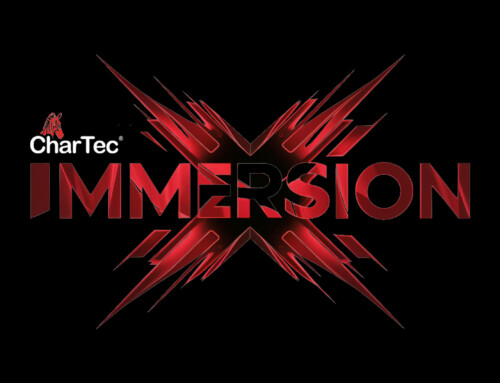Month-to-month. One Year. Three Year. What do your managed services agreements look like? It’s one of the most popular questions we’re asked.
Three-Year Managed Services Agreements
We utilize three-year agreements for every managed services contract. We do this for three primary reasons:
- Profitability: As you well know, the first 6-9 months of any agreement are the most painful for everyone involved. Between the projects required to get the client up to speed to the inevitable skeletons in the closet, you’ll be lucky if you make any profit during this stretch. If you are using a month-to-month agreement, your client could choose to just walk away at any point during this frustrating phase. If you’re using a one-year agreement, you only have about 90 days of profitability before you have to work on re-signing the client. A three-year agreement allows for a greater length of profitability. We price our agreements at a 65% gross margin. We most effectively realize this over the three-year agreement term.
- Company Valuation: Whether you’re considering selling your company down the road or plan to keep it for the rest of your natural life, you should always have company valuation in the back of your mind. You will get a significantly higher valuation for three-year agreements (or longer) than you will for an annual agreement or for month-to-month service. In the valuation game, month-to-month is no better than break/fix, and you didn’t work so hard to convert your customers to managed services just to be treated like a break/fix company.
- Hardware Refreshes: Almost all of our agreements included HaaSed equipment. We refresh this hardware every three years in concert with the agreement renewal. Utilizing a three-year agreement allows this to be a seamless process. A one-year or month-to-month agreement precludes you from offering HaaS.
You can download a copy of our agreement here.
The Flawed Argument for Month-to-Month
People that utilize month-to-month agreements argue that they don’t need a contract because they should prove their clients business each and every month. Of course, service is important; but unfortunately, we don’t live in a handshake world anymore. See point number 2 above, regarding company valuation.
The real reason most people go for a month-to-month is they don’t want to fight the objection, “We don’t sign long term agreements,” during their sales presentation. You know you’re going to get this objection. Learn how to face it! Here’s what we say. “Is it safe to say that you don’t sign long term agreements because you’re worried that you might not like us, and you don’t want to be locked in?” Of course, that’s their fear. “Many of our clients had that same fear before signing three-year agreements with us. Each of our agreements has a 30-day performance clause. If you ever have an issue, just put in writing. We have thirty days to fix whatever agreement breach exists. If we’re unable to do so, at the end of 30 days, we both walk.”
The Only Way to Make a One-Year Managed Services Agreement Work
On very rare occasion, your client really can’t sign a three-year agreement. This typically happens with municipalities or non-profits with annual budget renewals. If we run into this situation, we simply price the agreement accordingly. A one-year agreement will run significantly higher than a three-year agreement in order to maintain your 65% gross profit margin. Don’t run to this right away just to get the deal signed, but if it’s absolutely necessary, it’s better than losing an agreement.
A Note on Automatic Renewals
We talk to so many MSPs that haven’t raised prices in years because they are afraid to rock the boat. These are the folks that have managed services agreements on automatic renewals. With quality account management and a clear refresh process, you can avoid this issue entirely. Of course, you want the opportunity to continue to service the agreement and bill, but don’t just rely on automatic renewal. Stay on top of your agreements to maintain the right pricing based on growth, upgrades, or service needs.








Leave A Comment